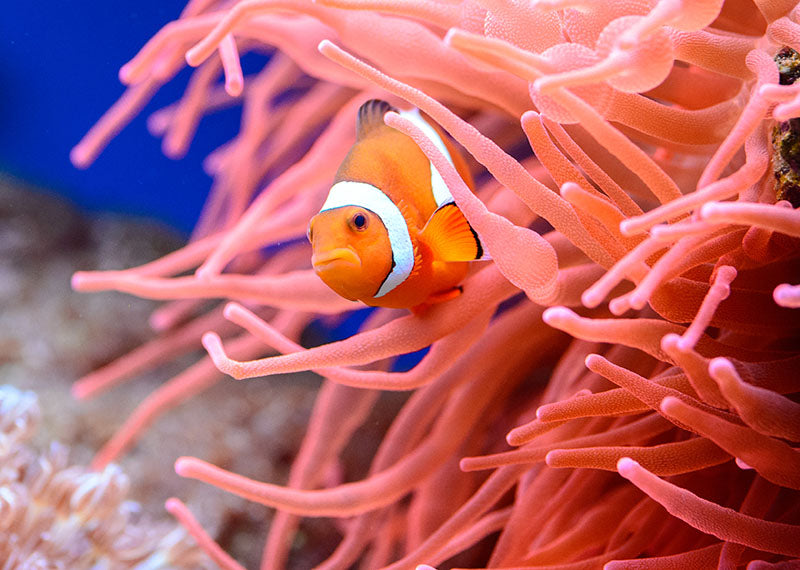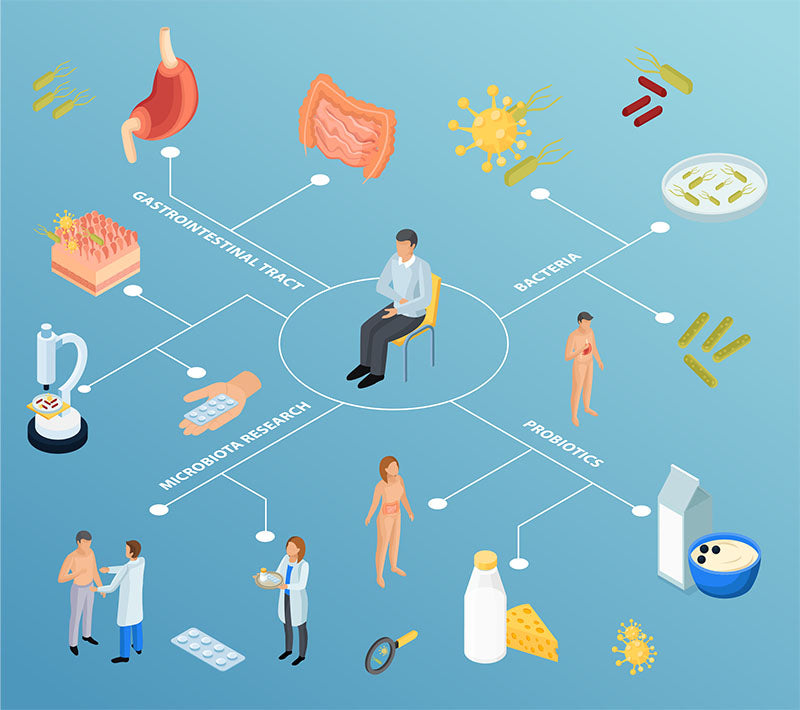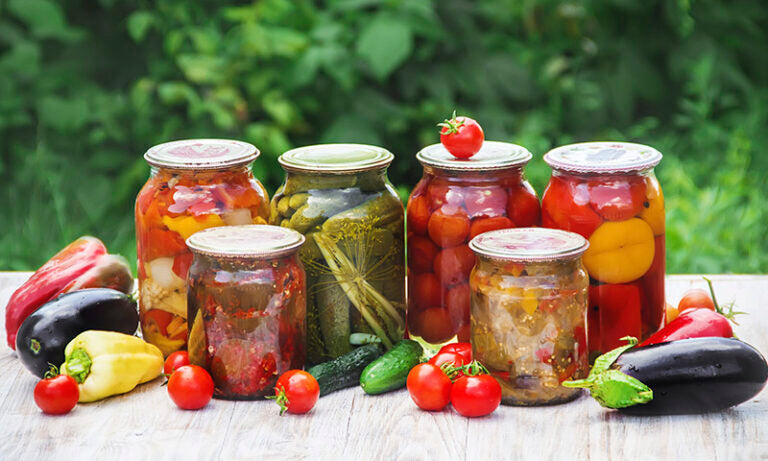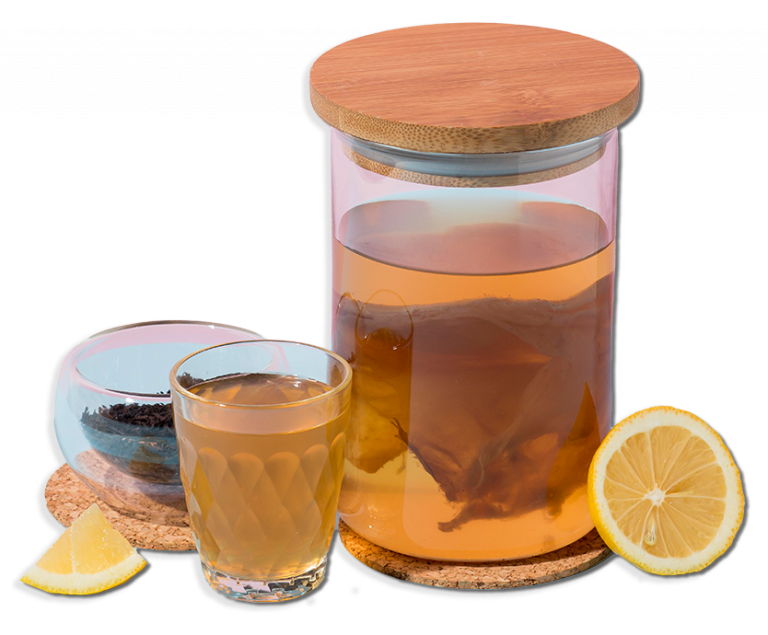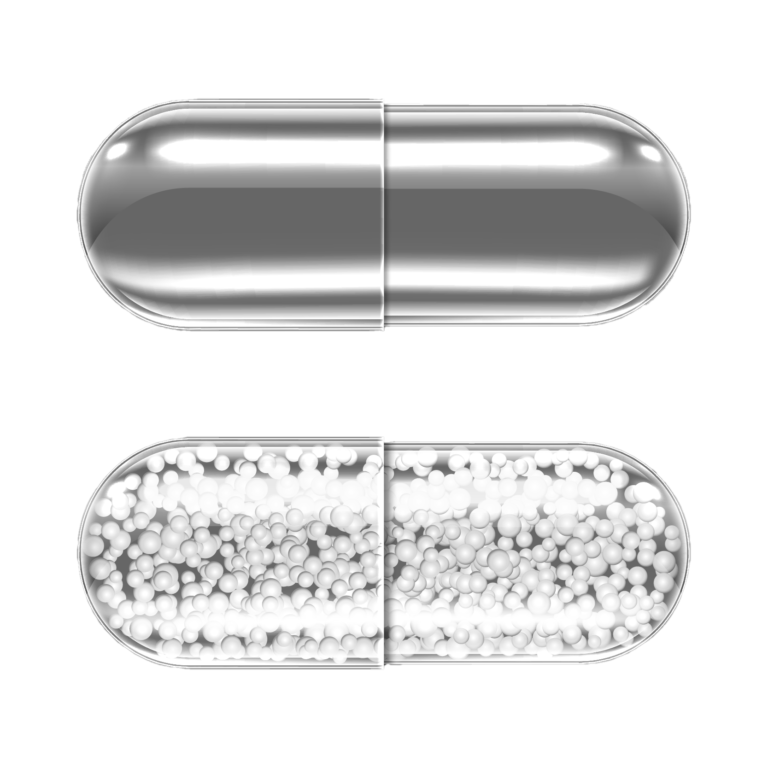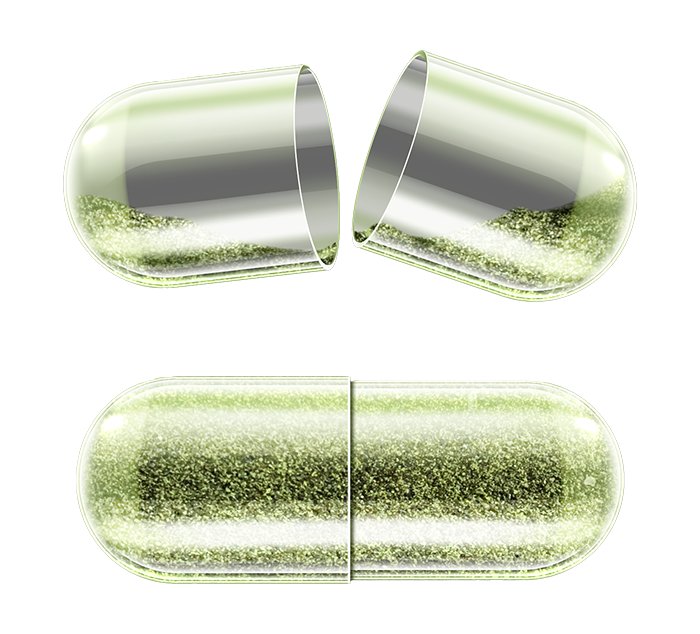LESSONS FROM THE PAST
“Those who cannot remember the past are condemned to repeat it.”– George Santayana
There are many historical examples of irreversible damage to biodiversity: think of the ruddy duck, grey squirrel, or Japanese knotweed. Currently the probiotics industry is driving the use of unnatural levels of laboratory-evolved ‘super’ strains to try and balance a human ecosystem that is home to thousands of diverse microorganisms.
There are no long-term studies across diverse populations of the effects of taking specialised probiotic strains in their billions upon the delicate, natural biodiversity of the digestive microbiome.
PROBIOTIC SAFETY
Although probiotics are generally deemed to be safe, there is a distinct lack of long-term studies in this field of research. One of the problems we have is that due to the inability to culture most bacteria species, we have only studied approximately 10% of the bacteria in the human digestive tract. More worrying is the growing volume of studies suggesting that ‘mega-dose’ probiotics and laboratory-evolved strains may actually be harmful. You can read about some of this new research here.

